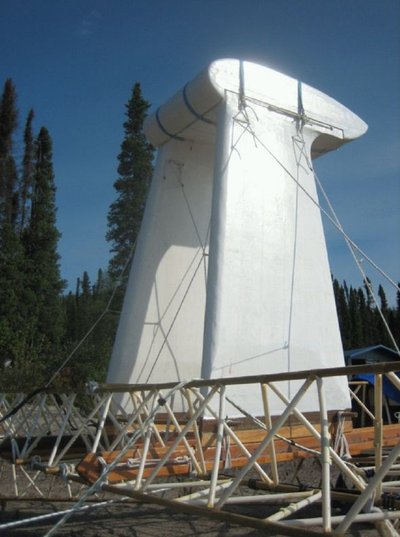
Artificial infiltration of lake and river water in the sand dunes along the Dutch cost has been common practice for decades and is an essential part of the drinking water supply in major parts of the country.
The results on the CLIWAT project on Terschelling showed that it is possible to map fresh water resources below the North Sea and within this collaboration agreement the mapping concept was further developed on a part of the Dutch mainland, in collaboration with the water supply companys PWN, Dunea and Vitens.
The mapping in these areas focused on the boundary between salt and fresh water towards the cost and internal clay layers important to describe the water flow. The areas are highly influenced by infrastructure on the ground which was expected to influence the quality of the collected data significantly. However, it was possible to extract data of high quality by careful processing and inversion.
The data was collected by SkyTEM Surveys A/S. AU supervised the design of the layout of flight lines and instrumentation configuration.